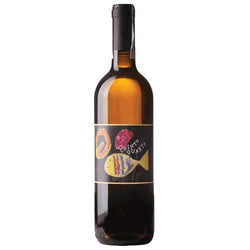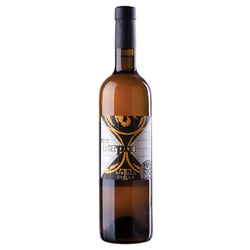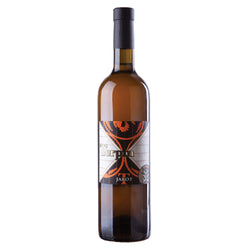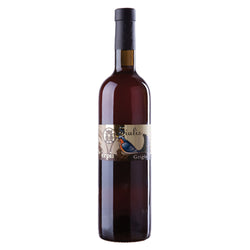Il Collio è un'area collinare della regione Friuli Venezia Giulia, divisa tra Italia e Slovenia, che si estende tra il fiume Isonzo ed il suo affluente di destra, fiume Iudrio, delimitata a sud dalla pianura friulana e a nord dalle frazioni di Mernico, Cobaler e Lasizze. Il Collio Goriziano, più nello specifico, comprende circa 1.500 ettari di vigneto che presentano ampie superfici felicemente esposte al sole, ideali per la viticoltura. I vigneti si trovano a un’altitudine che varia da 60 a 270 metri sul livello del mare.
La coltivazione della vite nel Collio risale all’epoca Romana, ma prosegue anche periodo di dominazione dei Goti e dei Longobardi. Nel ‘600 iniziano a delinearsi i nomi dei vini prodotti nel Collio, tra i quali si trovano la Ribolla e il Cividino tra i bianchi e il Refosco ed il Corvino tra i rossi. La viticoltura moderna arriva nel Collio nella seconda metà dell’800. A quest’epoca è già marcata la prevalenza dei vitigni a bacca bianca, tanto che nei primi anni del 1900 circa il 90% del vino prodotto in Collio era bianco e il resto rosso. Dopo la seconda guerra mondiale il Collio si trovò separato dal confine tra l’Italia e la Jugoslavia, dando origine a due distinte zone vinicole, il Collio Italiano e il Brda nella parte slovena.
Il Collio è un'area collinare della regione Friuli Venezia Giulia, divisa tra Italia e Slovenia, che si estende tra il fiume Isonzo ed il suo affluente di destra, fiume Iudrio, delimitata a sud dalla pianura friulana e a nord dalle frazioni di Mernico, Cobaler e Lasizze. Il Collio Goriziano, più nello specifico, comprende circa 1.500 ettari di vigneto che presentano ampie superfici felicemente esposte al sole, ideali per la viticoltura. I vigneti si trovano a un’altitudine che varia da 60 a 270 metri sul livello del mare.
La coltivazione della vite nel Collio risale all’epoca Romana, ma prosegue anche periodo di dominazione dei Goti e dei Longobardi. Nel ‘600 iniziano a delinearsi i nomi dei vini prodotti nel Collio, tra i quali si trovano la Ribolla e il Cividino tra i bianchi e il Refosco ed il Corvino tra i rossi. La viticoltura moderna arriva nel Collio nella seconda metà dell’800. A quest’epoca è già marcata la prevalenza dei vitigni a bacca bianca, tanto che nei primi anni del 1900 circa il 90% del vino prodotto in Collio era bianco e il resto rosso. Dopo la seconda guerra mondiale il Collio si trovò separato dal confine tra l’Italia e la Jugoslavia, dando origine a due distinte zone vinicole, il Collio Italiano e il Brda nella parte slovena.






